It probably won't surprise you to learn that early Hollywood's mainstream films were far from racially, ethnically or culturally sensitive. When minority characters were represented at all, they were typically characterized as immoral, criminal simpletons, used as comedic contrasts to their white protagonists, as outlined in the book Racism, Sexism, And the Media. Meanwhile, Hollywood's mainstream starring roles have long been monopolized by white actors; even though it's meant whitewashing history. What may surprise you is how frequently this still happens today.
In early Hollywood, whitewashing was overt and caricatured.
Warner Oland depicted comic book detective Charlie Chan in several films, the first of which was "Charlie Chan Carries On" (1931).
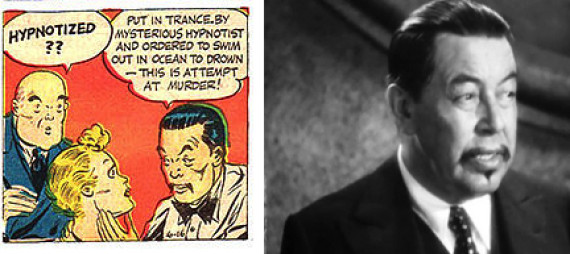
White actors who played people of color would change their appearances, often wearing blackface or yellowface or assuming exaggerated accents and movements. According to NPR, when Oland played Chan, he would have a "few drinks to make his speech more halting and to put a grin on his face -- like the perpetually congenial Chinese sleuth." And still, in 1933, when Oland visited Shanghai, he was greeted by fans who lauded him for playing Hollywood's first Chinese protagonist.
In the '30s, some of these movies were actually praised by critics and audience members, who were grateful to see characters of color represented in major Hollywood movies at all. Harlem's Amsterdam News wrote glowingly about Al Jolson, a white actor who wore blackface for the 1927 film "The Jazz Singer," with the paper declaring, "Every colored performer is proud of him."
By the 1960s, offensive casting decisions were increasingly met with criticism.
Beloved British actor Laurence Olivier played Othello in the film adaptation of Shakespeare's famous play about the Moor of Venice, "Othello" (1965).
Around the mid-20th century, films started to become slightly more integrated. Black cinema grew as a genre, and the use of blackface became less common. It did not, however, disappear altogether.
To play the Moor of Venice, Olivier wore blackface and gave a performance that made the New York Times exclaim, "He plays Othello in blackface! That's right, blackface—not the dark-brown stain that even the most daring white actors do not nowadays wish to go beyond." The Times compared his look to that of the "end man in an American minstrel show."
America's favorite cowboy of cinema, John Wayne, played the role of Genghis Khan, the founder of the Mongol Empire, in the infamous mid-century view into Hollywood's racism, "The Conqueror" (1956).
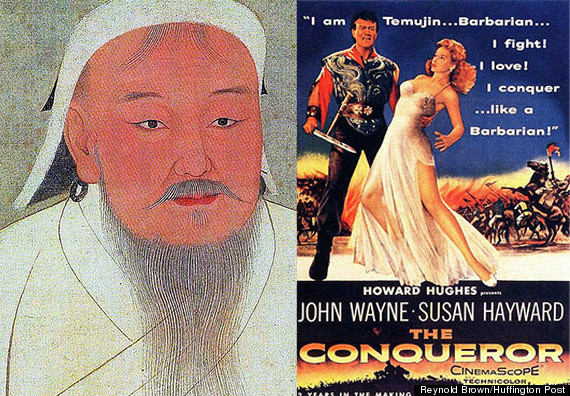
Wayne's role is so miscast that one biographer even wrote a book called Starring John Wayne as Genghis Khan: Hollywood's All-Time Worst Casting Blunders. Offensive depictions by white actors in yellowface continued into the 1960s, including Mickey Rooney's depiction of I.Y. Yunioshi in "Breakfast At Tiffany's" in 1965.
Cleopatra, the last pharaoh of ancient Egypt, was depicted by American actress Elizabeth Taylor in "Cleopatra" (1963).
Above is a comparison between Taylor and today's models of what Cleopatra probably looked like, created by egyptologist Sally Ann Ashton using ancient artifacts to approximate Cleopatra's features.
Yet somehow, the bad Hollywood habit still crops up today, albeit in more subtle ways.
Currently, Angelina Jolie is in talks to star as Cleopatra in a remake of the Hollywood classic.
Though some have spoken out against the casting decision, there doesn't appear to be much backlash. That might surprise some to hear, but it's actually in line with recent film choices. While most historically black roles today go to black actors, for example, whitewashing still happens all the time.
Swedish-Jewish-American Jake Gyllenhaal starred as the title character of "The Prince of Persia: The Sands Of Time" (2010). It was based on a video game series of the same name.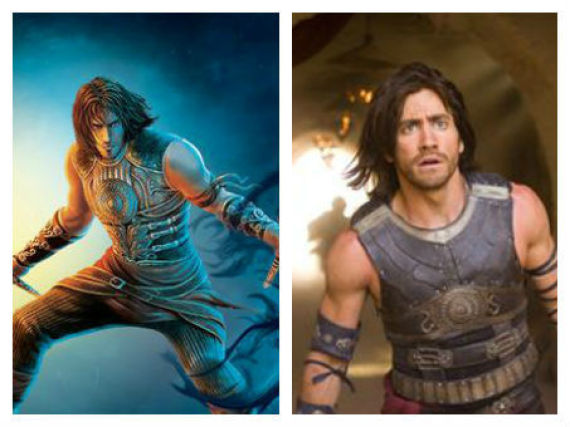
Often, an actor's appearances are only slightly modified. The "Prince of Persia" game that the movie was based upon was lauded by The Wire for its inoffensive depictions of Muslim characters, who are so frequently villainized in American video games. That's perhaps why many greeted the casting of Gyllenhaal with some disappointment. The rest of the film's cast failed to offer much more in the way of diversity: None of the main actors were of Iranian, Middle Eastern or Muslim descent.
Angelina Jolie also altered her appearance when depicting Marianne Pearl in "A Mighty Heart" (2008).
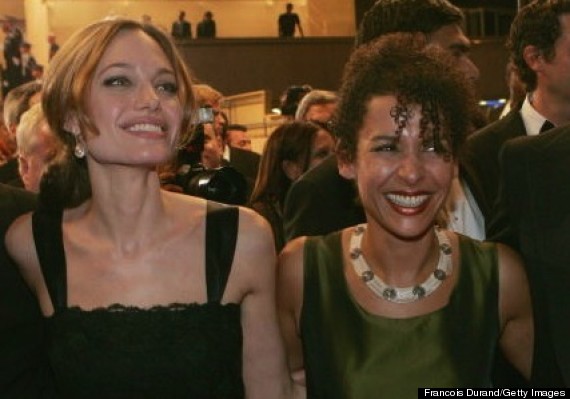
Though Pearl is a friend of Jolie's and spoke out in support of her playing the role, the casting decision fueled plenty of negative feedback. To play the role, Jolie darkened her skin and wore a curly wig.
And sometimes the less-than-positive feedback comes from the real-life inspirations themselves. After seeing the film "The Social Network," Facebook co-founder Divya Narendra, who is of Indian heritage, confessed that he was "initially surprised to see a white actor play him on screen," referring to British actor Max Minghella.
Some roles still look like caricatures.
American actor Johnny Depp was cast as Tonto, the Native American sidekick in a remake of "The Lone Ranger" (2013).

Originally, the role was played by Mohawk actor Jay Silverheels in a long-running television series in the 50s. At the time Depp was cast, he said he wanted to "restore some dignity to the role," which represented some of the worst and most pervasive stereotypes about Native Americans, as recounted by Smithsonian Magazine. Though Depp claims some native heritage, he does not identify as Native American.
Some critics were dismayed that a Native American had not been cast in the role. Allison Samuels wrote in the Daily Beast that casting a Native American actor "would have gone a long way to prove to all minorities that Hollywood is finally becoming a fair and objective business dedicated to providing thought-provoking entertainment without intentionally offending anyone." Others focused on the problematic nature of the character and performance.
Characters are still sometimes whitewashed entirely.
Actress Jennifer Connelly won an Oscar for her depiction of Alicia Nash in "A Beautiful Mind" (2001).

Some films take the approach of ignoring a character's real-life backstory, essentially uncomplicating the movie's plot by making the character white. "A Beautiful Mind" won Academy accolades, but the movie's erasure of Salvadoran-born Nash's Hispanic ethnicity and her immigration to America angered many. Nash's immigration to America was extensively discussed in the book that inspired the film, and yet her immigration story became invisible when she was played by a white actress. That's particularly troubling when Latinos comprise just 4 percent of leads in films.
And Hollywood continues to operate under the assumption that white characters have the widest appeal.
Assistant professor Andrew Weaver of Indiana University has studied representation of minority characters in Hollywood films. He told Indiana University Bloomington NewsRoom: "Hollywood's sort of given up on the idea that you can have crossover success with a minority cast. You get this discrimination in the casting of roles, where they're going to cast whites if at all possible to maximize the audience."
Jim Sturgess played real-life MIT Blackjack Team-member Jeffrey Ma in "21" (2008).
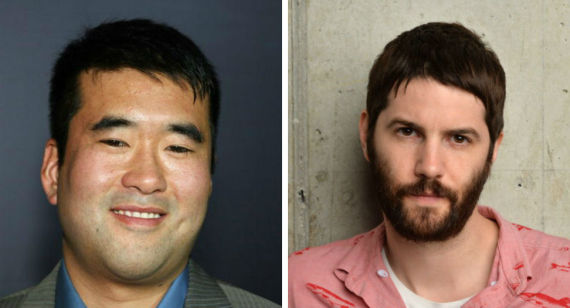
Most members of the team were Asian males, but you wouldn't know that from watching the movie. The author of the nonfiction story that inspired the film, Ben Mezrich, told an audience of MIT students that early on in the moviemaking process, studio executives told him "most of the film's actors would be white, with perhaps an Asian female." This is consistent with Hollywood's larger trend. Only 5 percent of characters with speaking roles in 2012 were Asian, for example, according to a USC Annenberg study.
Especially if they're supposed to be the hero...
As David White, national executive director of the Screen Actors Guild told B.Couleur Magazine, studio executives mistakenly assume that all-white casts have the most international appeal. White points out the flaw in this assumption.
"When I think about the '40s and '50s, when black artists went to Europe to escape racism and achieved fame, the idea that in 2011 England, France and Germany are not going to appreciate stories about African Americans and Latinos is absurd," White explained. "Unfortunately, the industry is driven by a group of risk-averse decision-makers who continually make inaccurate assumptions about the abilities of people of color and storylines about their communities, and this persists generationally."
In some cases, lead characters are whitewashed while villains or peripheral characters remain the intended race, like in "Avatar: The Last Airbender" (2010).

The live-action version of "The Last Airbender" encountered a significant amount of backlash over casting decisions, and the animation above illustrates why. While all four anime characters were depicted in the original Nickelodeon cartoon as being of Asian or Native American descent, the three protagonists were played by white characters in the film version.
As Guy Aoki, head and co-founder of MANNA, a group that advocates for better Asian-American representation in film, told the Los Angeles Times, "Hollywood can make anybody into a hero. ... And yet these people continue to use a conservative attitude. When are they ever going to put an Asian-American as a star to disprove that thinking?" Racebending.com, an advocacy group for equality in media, notes that the problem with "The Last Airbender" began with "casting calls indicating a preference for white actors for leads; people of color for villains, secondary characters and background extras."
Unfortunately, only a few individuals have enough star power to overcome this bias.
Racial biases on-screen permeate nearly every aspect of the filmmaking industry. Across the board, writers, directors and producers of color are woefully under-represented.
This shows on screen. As filmmaker Gavin Polone wrote in New York Magazine, "African-American actors don't sell overseas -- unless, of course, they are Will Smith or Denzel Washington, but only in a thriller or action movie. I have on more than one occasion been told that a studio wouldn’t approve a black lead in one of my films because it would bring down the international numbers."
For the most part, the roles that reliably go to minority actors tend to be roles that have to be played by minority actors.
A blog on The Huffington Post examined the Oscar-nominated roles played by men of color, and determined that all but one of those roles "literally could not have been given to white actors." (Think the leads in "12 Years A Slave" or "Malcolm X.")
This analysis suggests that historical or fictional characters who are not white remain some of the best available roles for actors of color. Hollywood's default race for unspecified, non-historic roles remains white. That's most starkly indicated by data from the Annenberg School of Communication and Journalism, which found that three-quarters of characters with speaking roles in the top films of 2012 were white. Meanwhile, 44 percent of movie tickets sold that year were purchased by people of color.
Roles that don't mandate a minority character are typically altered back to Hollywood's default race: white.
That's what happened when the film "Pay It Forward" was adapted in 2000 from a novel of the same name. Kevin Spacey’s character, teacher Eugene Simonet, was originally supposed to be a black man named Reuben St. Clair. Denzel Washington was offered the role, but he was not available. Catherine Ryan Hyde, author of the novel that inspired the film, wrote in the Moments Count Journal that, "If I had made the movie 'Pay It Forward'... Reuben St. Clair, my African-American Viet Nam vet protagonist, would have appeared in said film (Eugene who?)"
But increased audience backlash against offensive casting choices offers hope.
Rooney Mara was recently cast to play the Native American character in an upcoming "Peter Pan" adaption.
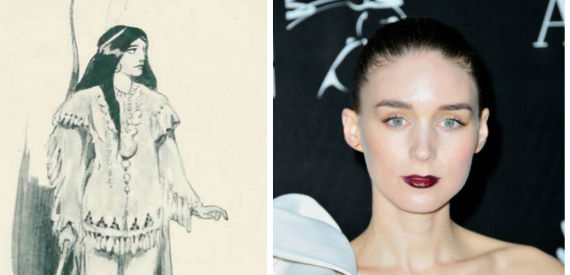
The image on the left is Oliver Herford's drawing of Tiger Lily from 1907, based on Peter Pan author J.M. Barrie's description. When Mara was cast for the role, thousands of Internet users petitioned Warner Brothers to instead cast a Native American actress.
But as the practice continues, it reveals that American cinema is not merely ignoring modern racial, ethnic and cultural realities -- it's in complete denial.
Indeed, Hollywood's white bias appears to be deeply embedded in every facet of the industry. One study from UCLA found that minorities are unrepresented in every stage of film and television production; from writing to directing to acting to producing. According to The Wrap, white men directed more than 90 percent of the major films released this summer. (So far, that hasn't worked out very well for them.)
CORRECTION: Laurence Olivier was previously described as an American actor. He was, in fact, a British actor -- and a baron at that!


